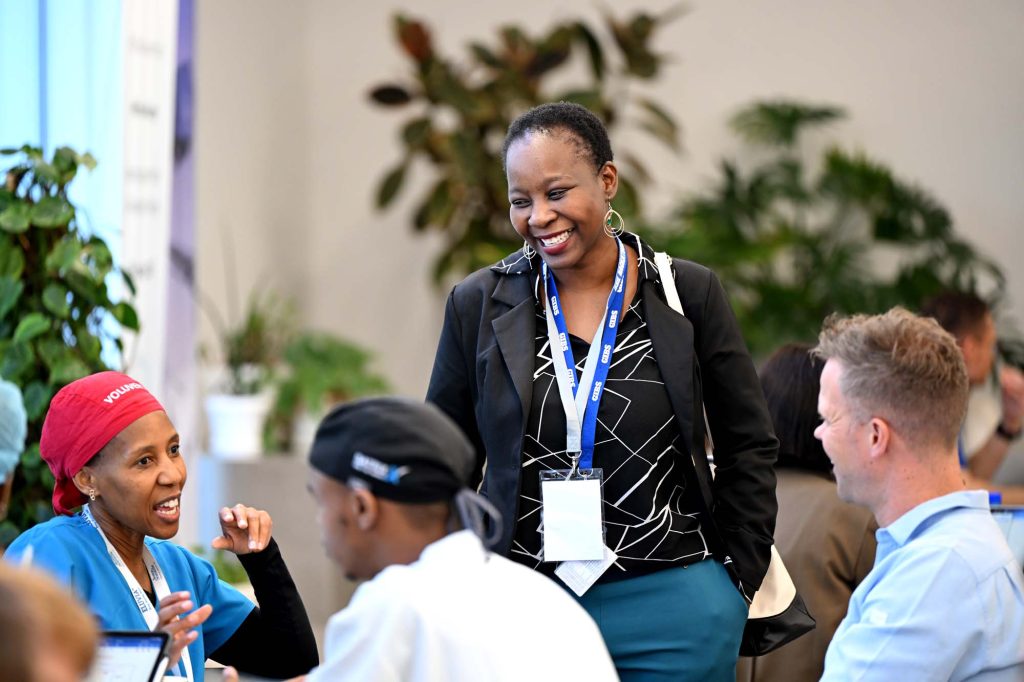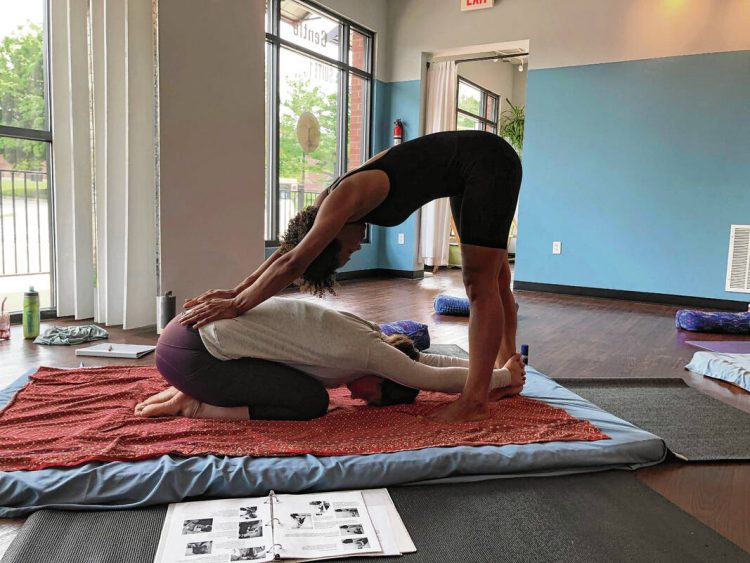In a world where public health challenges increasingly demand fast, localized, and inclusive solutions, one unconventional approach is quietly transforming neighborhoods: health hackathons. These community-based innovation events are more than just brainstorming sessions—they are agile, time-bound gatherings where residents, healthcare workers, technologists, students, and advocates join forces to solve local wellness issues using creativity, collaboration, and sheer community willpower. With laptops, flip charts, and lived experience in hand, these participants are rewriting the playbook on how public health interventions are designed and implemented from the grassroots up.
What Exactly Is a Health Hackathon?
At its core, a health hackathon is a short, intensive event—typically lasting one to three days—where diverse teams come together to develop practical, scalable solutions for health-related challenges. Unlike conventional healthcare conferences or medical think tanks, hackathons are action-oriented. They’re structured around sprints: problem definition, ideation, prototyping, and presentation. Participants may build digital tools like wellness tracking apps or community referral systems, but many projects remain analog—such as mental health workshops, nutrition campaigns, or neighborhood care kits. The goal isn’t just tech; it’s transformation.
What makes these events so impactful is their participatory nature. Residents of underserved communities often take leading roles—not as case studies, but as co-creators. Their experiences become the foundation for real-time innovation, ensuring that solutions are culturally relevant, accessible, and grounded in reality.
From Silicon Valley to South Side: Democratizing Health Innovation
Though the concept of hackathons originated in the tech industry, health hackathons have adapted the model for civic good. Across urban and rural America, cities like Chicago, Oakland, and Memphis are hosting community-led events where local pain points meet grassroots ingenuity. In Baltimore, a “Hacking Health Equity” weekend saw high school students collaborating with nurses and software developers to design an asthma-monitoring toolkit for low-income families. In Minneapolis, a Somali women’s collective proposed a culturally sensitive reproductive health chatbot—developed in both Somali and English.
These are not tech billionaires swooping in to save the day. These are neighbors hacking their own way to better health outcomes. When someone who has struggled with addiction co-creates a recovery app, or a single parent helps design a mobile food pantry map, the result is not only innovation but empowerment.
Turning Community Gaps Into Health Solutions
What kinds of problems do health hackathons tackle? The range is wide—and deliberately so. Organizers typically solicit ideas from the community weeks in advance. Residents might highlight barriers like language access in clinics, the lack of mental health services for teens, or difficulties managing chronic conditions like diabetes.
Once problems are pitched, teams form organically around shared interests. A graphic designer might team up with a public health graduate and a grandmother living in the neighborhood. Their task? Not to talk endlessly, but to build. Whether it’s a prototype of an elder-friendly medication reminder system or a pilot schedule for mobile health visits, each idea must be actionable and ready to test in real-world settings.
The immediacy is key. At a recent health hackathon in the Bronx, one winning team created “HydrateNYC,” a project that combined art installations, water bottle refill stations, and hydration challenges in public schools to combat soda overconsumption. The campaign was up and running within weeks—and students were actively tracking their water intake via wristbands and friendly peer competition.
Collaboration Over Competition: Building Civic Health Networks
Unlike traditional startup competitions, health hackathons aren’t driven by profit or ego. Yes, there are prizes—gift cards, seed funding, mentorship—but the real reward is community ownership. These events create a rare space where civic actors—residents, nonprofits, clinics, schools, and local government—can collaborate outside their usual silos. Public health nurses sit beside teenagers. Grandparents brainstorm with data scientists. Policymakers listen to survivors of domestic violence.
What emerges is not just a single winning idea but a web of connections. Many teams continue working long after the hackathon ends, forming the foundation for neighborhood health coalitions or incubator programs. In Boston, a hackathon project to provide culturally inclusive prenatal care evolved into a permanent partnership between midwives, immigrant groups, and doulas-in-training.

Tech Is Not the Hero—Community Is
Although some projects use apps, websites, or smart devices, the heartbeat of health hackathons isn’t technology. It’s people. The real innovation lies in reshaping the way solutions are generated and who is seen as an “expert.” A grandmother’s insights into food access or a youth’s lived experience of trauma are treated as vital data, not anecdotes. This inversion of authority challenges the top-down nature of healthcare planning and creates culturally responsive, bottom-up models.
This is particularly important in communities where traditional healthcare systems have historically failed—either through neglect, mistrust, or structural racism. Health hackathons rebuild that trust by valuing local wisdom and inviting everyday people to shape their own health futures.
Barriers and Breakthroughs: What Still Needs Fixing
Despite their promise, health hackathons are not a silver bullet. Access to digital tools, adequate funding, and post-event follow-through remain challenges. Ideas born in a weekend need long-term support—mentors, investors, policymakers, and implementation partners—to grow into sustainable programs.
Language barriers, tech literacy gaps, and accessibility for the disabled must also be considered in the design of these events. An inclusive hackathon is one where all participants, regardless of age, ability, or education level, can contribute meaningfully.
Additionally, organizers must guard against the temptation to glorify innovation at the expense of care. A flashy app is useless if it can’t be used by the people it’s meant to help. A low-tech solution that empowers a community garden or a walking group can be just as transformative.
Scaling Local Wins Into Broader Health Movements
One of the most exciting aspects of health hackathons is their potential to go viral—not just in social media terms, but in replication. A toolkit developed in one city can inspire a similar model elsewhere. For example, “Healthy Corner Challenge,” a concept to turn bodegas into wellness hubs developed at a Harlem hackathon, has since been adapted in Philadelphia and Oakland with local twists.
Universities, health departments, and foundations are starting to take notice. Some have begun sponsoring recurring events, integrating hackathons into public health curricula, and establishing seed funds to help promising projects scale. In an age of global pandemics and climate crises, the capacity to mobilize local knowledge quickly and creatively may be one of our greatest public health assets.
Conclusion: The Future Is Co-Created
Health hackathons represent more than innovation—they symbolize a shift toward democratized wellness. By inviting those most impacted to be part of the design process, communities don’t just receive help; they create their own help. They become co-authors of their health story.
In a time when people are tired of being patients and ready to be participants, health hackathons are answering the call. They’re proof that with a whiteboard, a Wi-Fi signal, and a room full of neighbors, a healthier future isn’t just possible—it’s already in progress.

















































